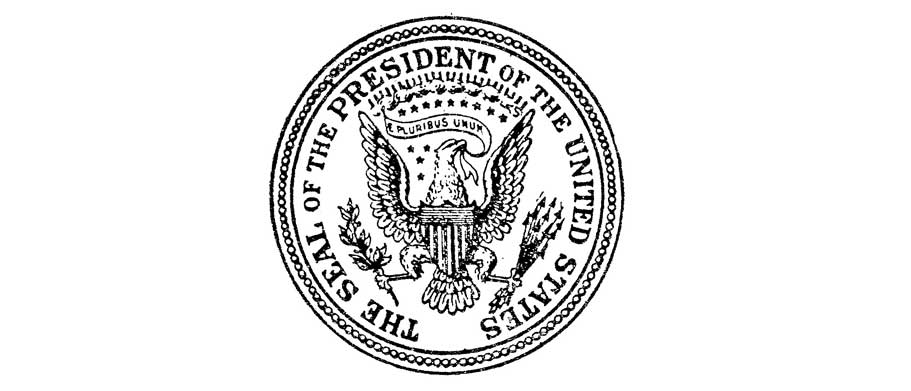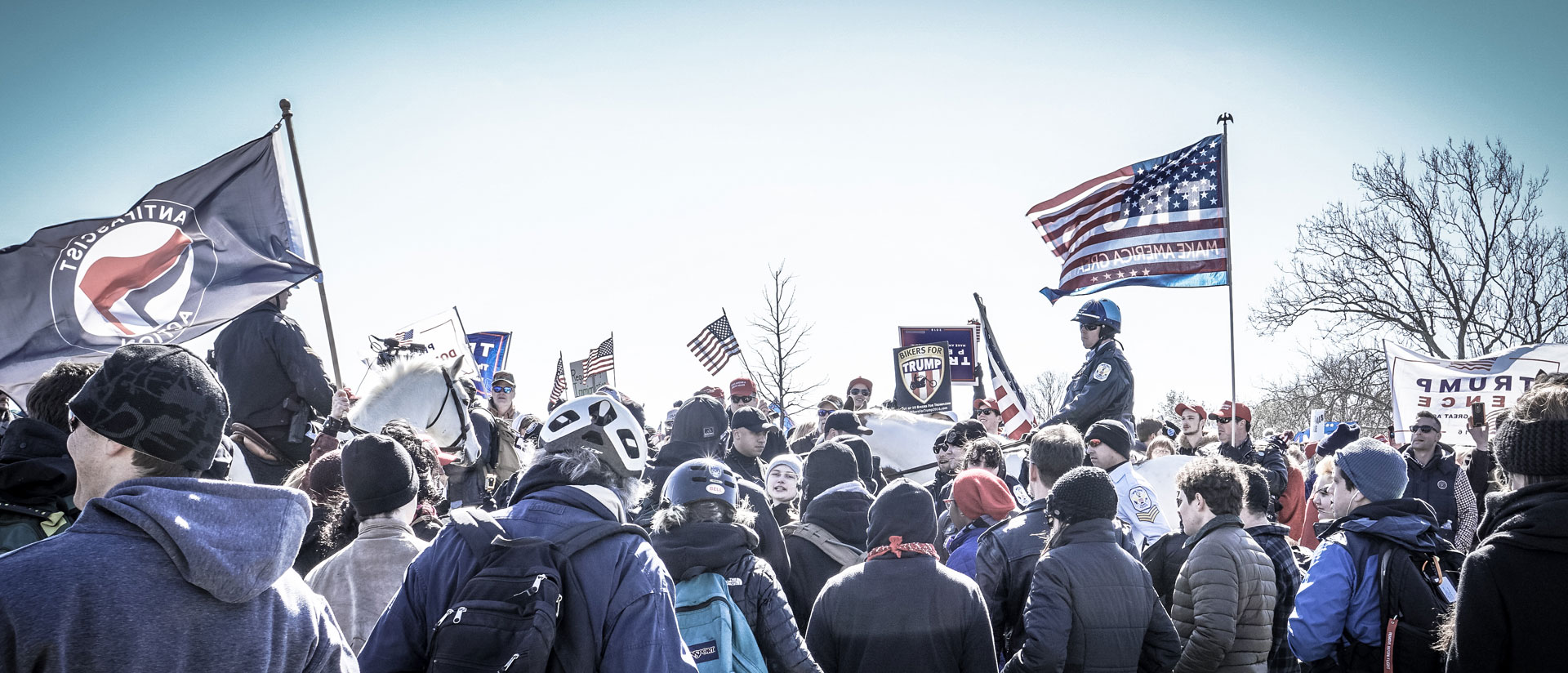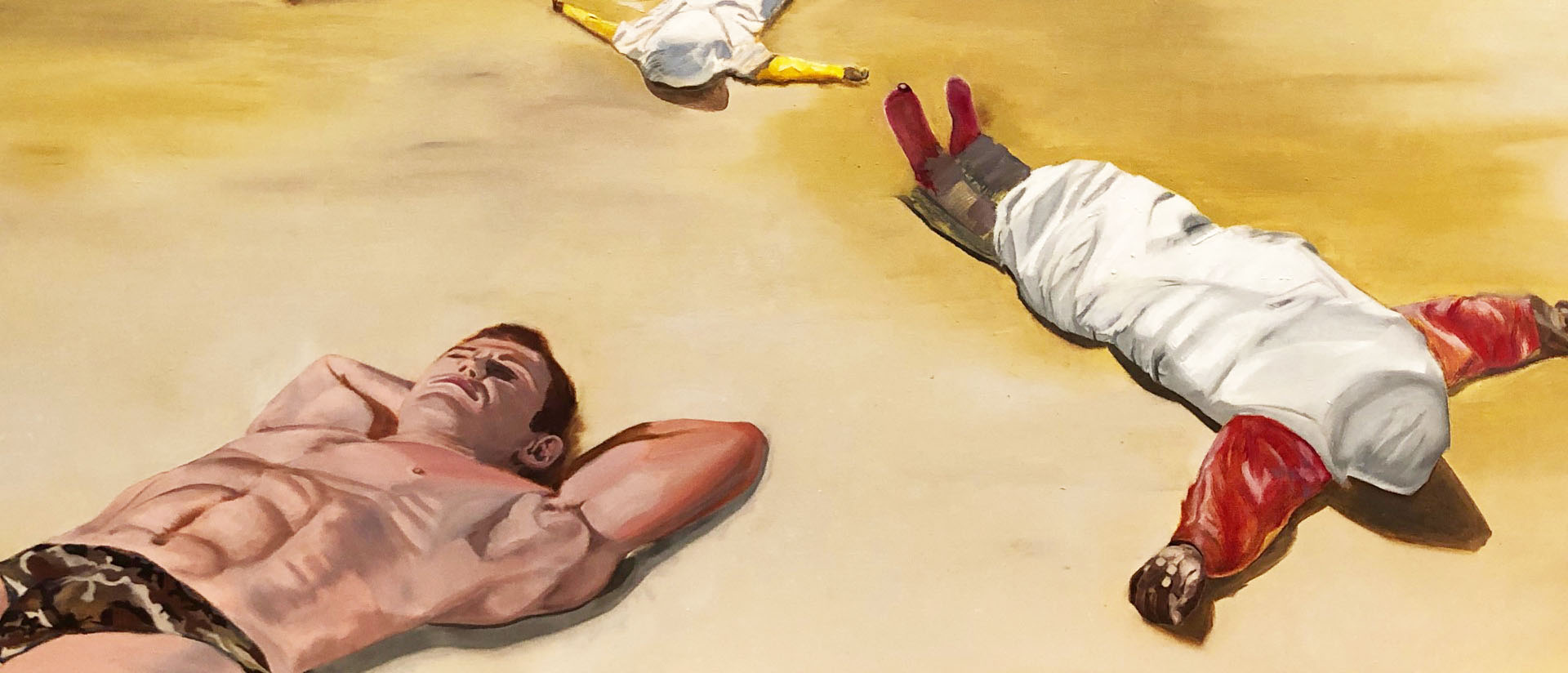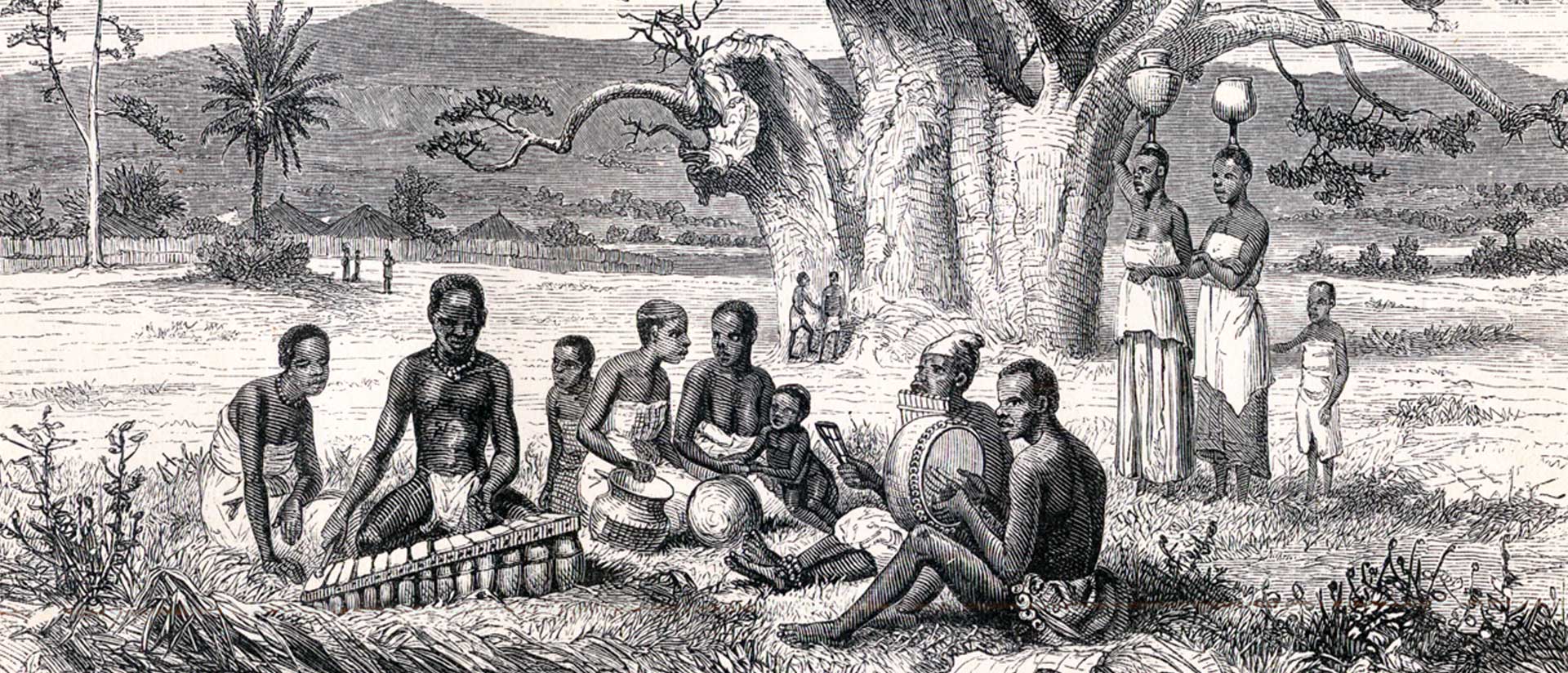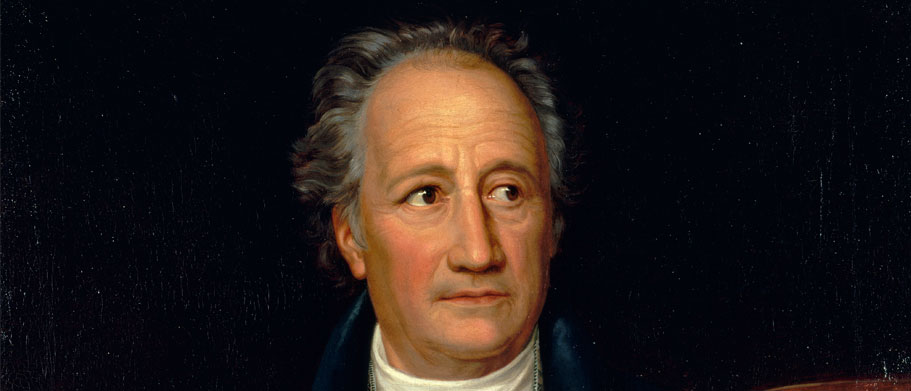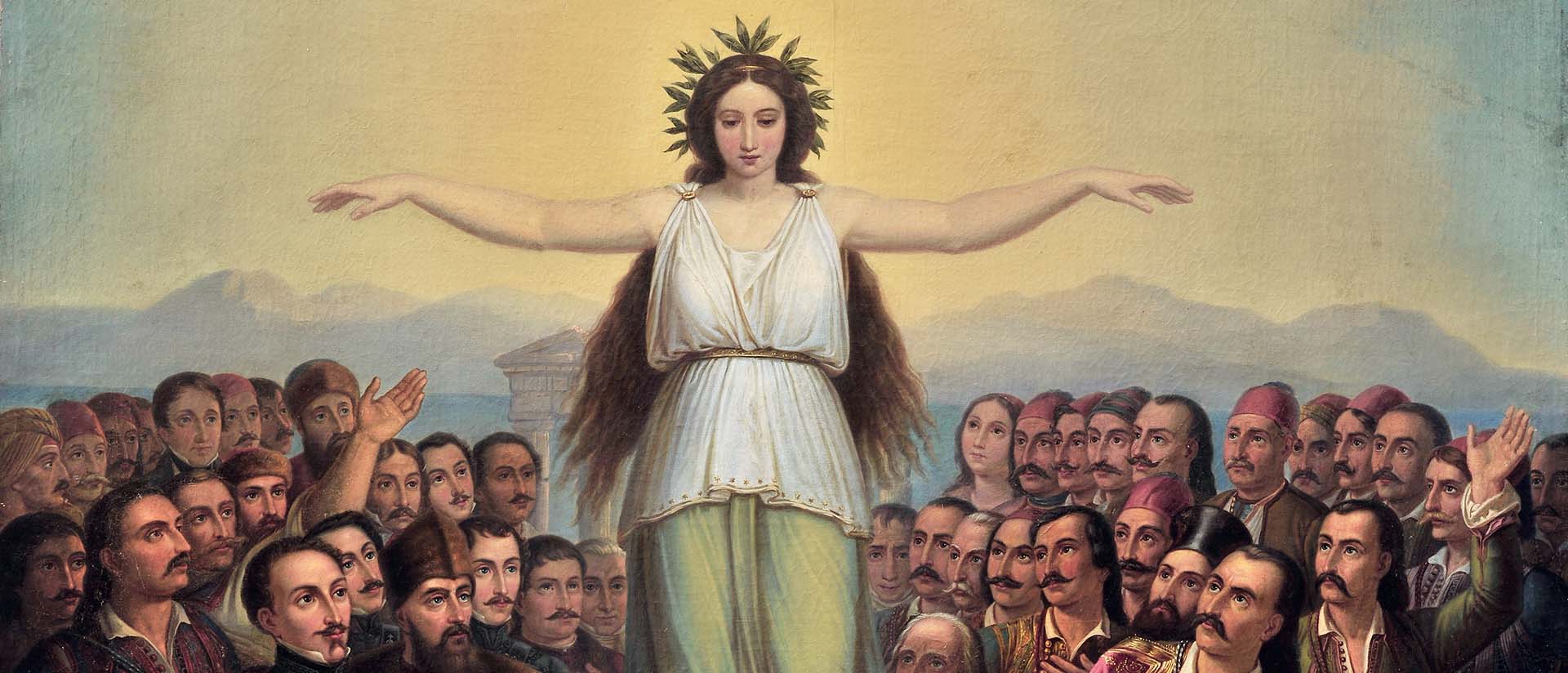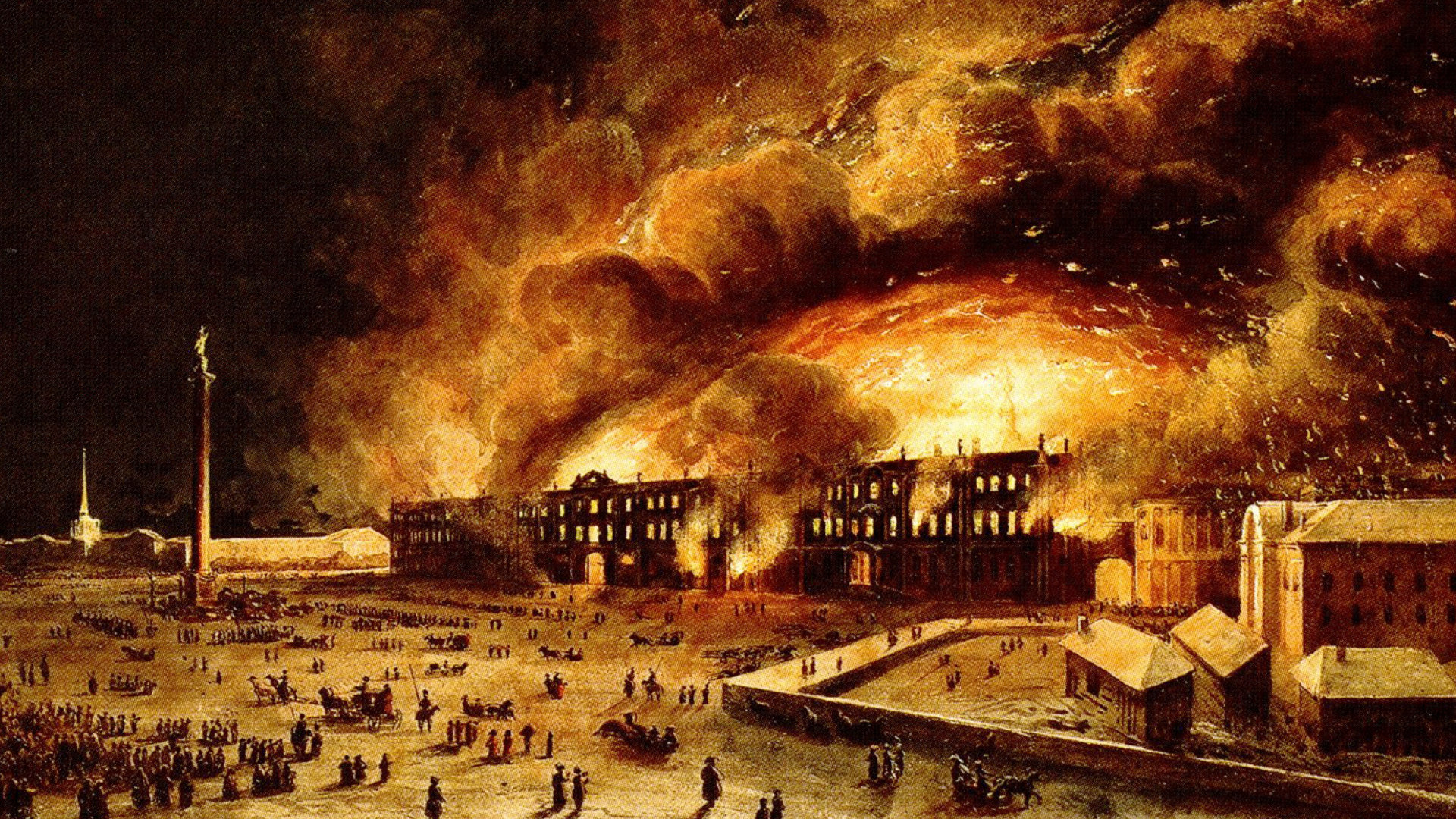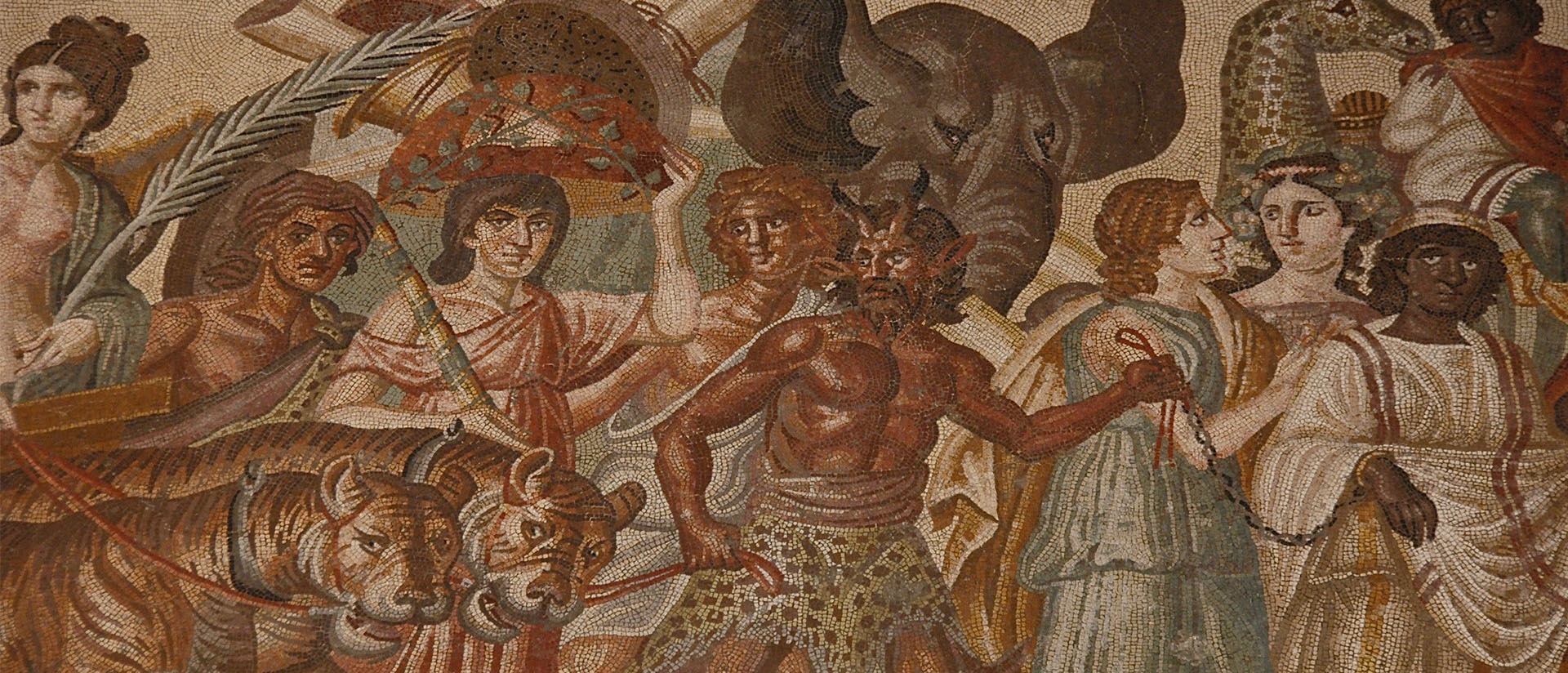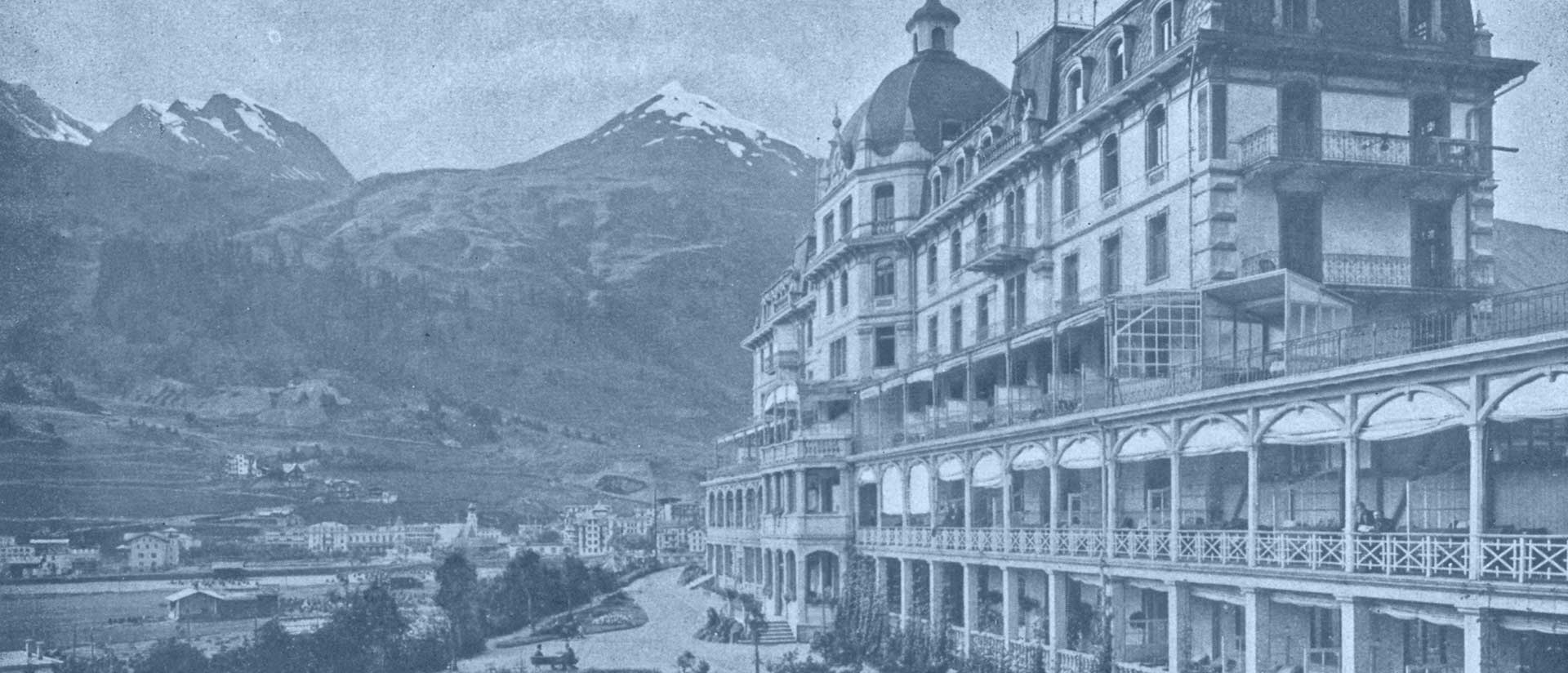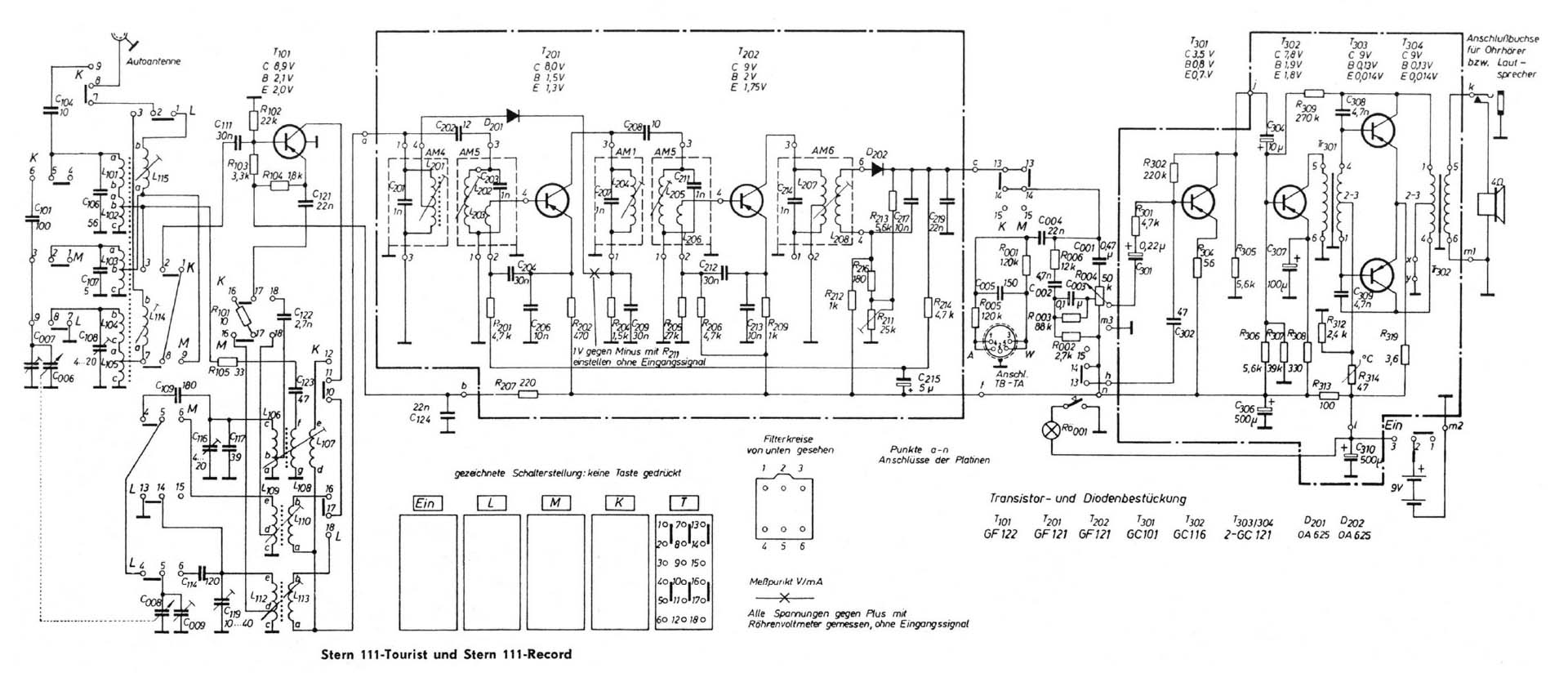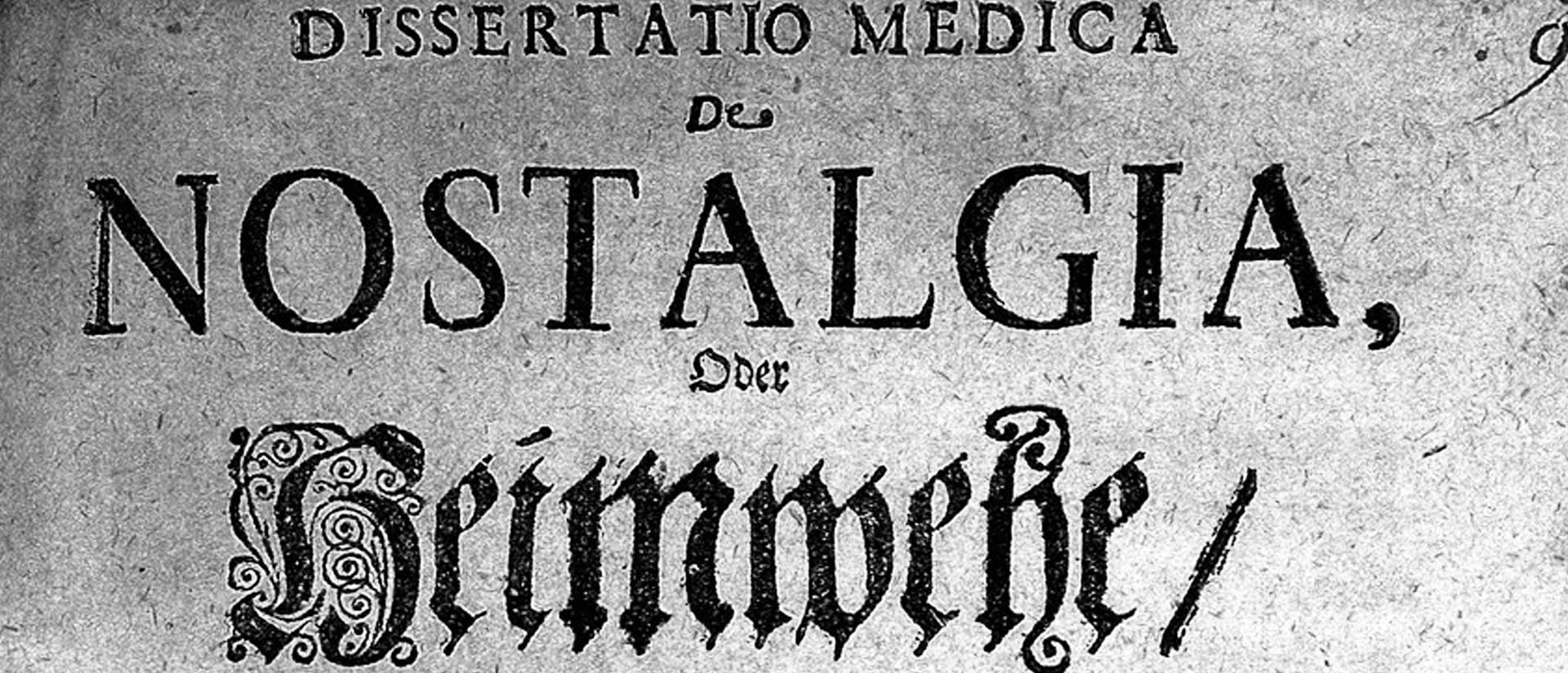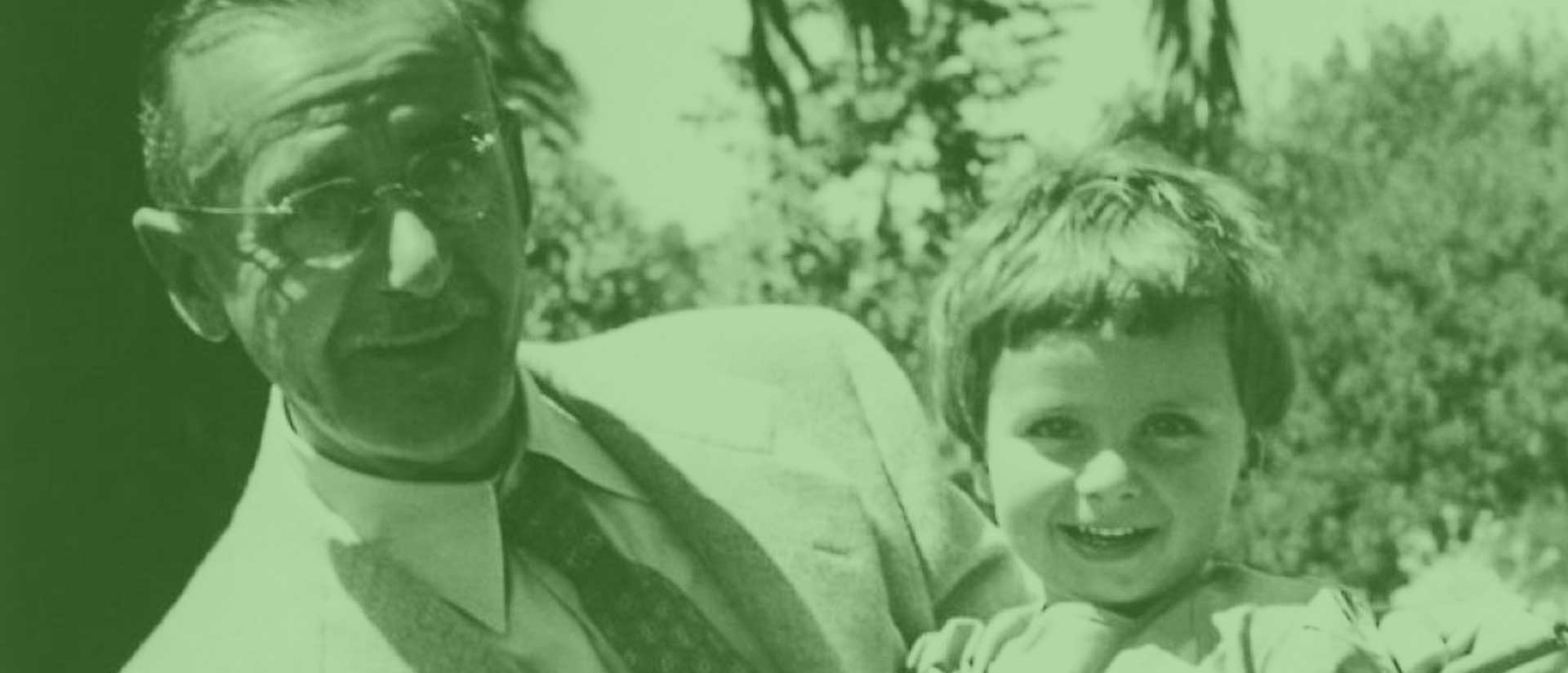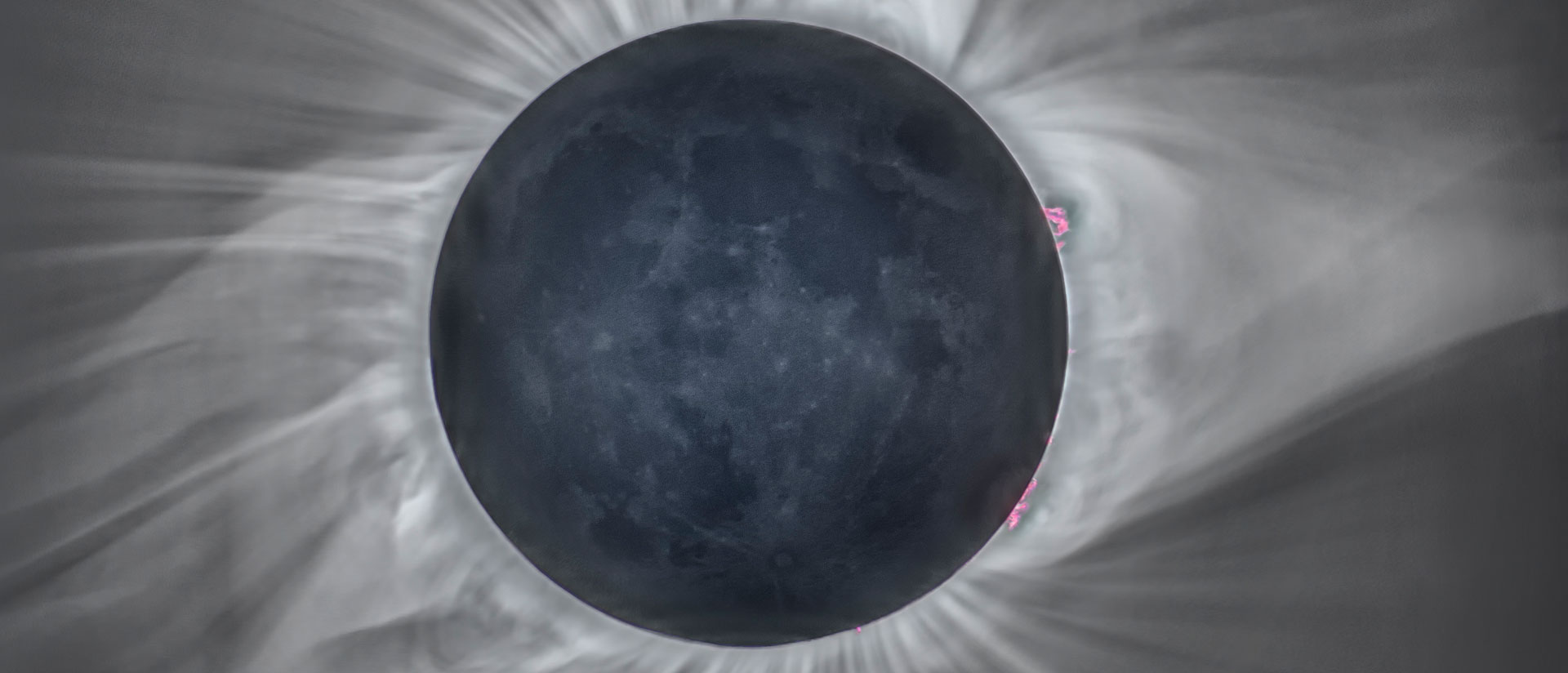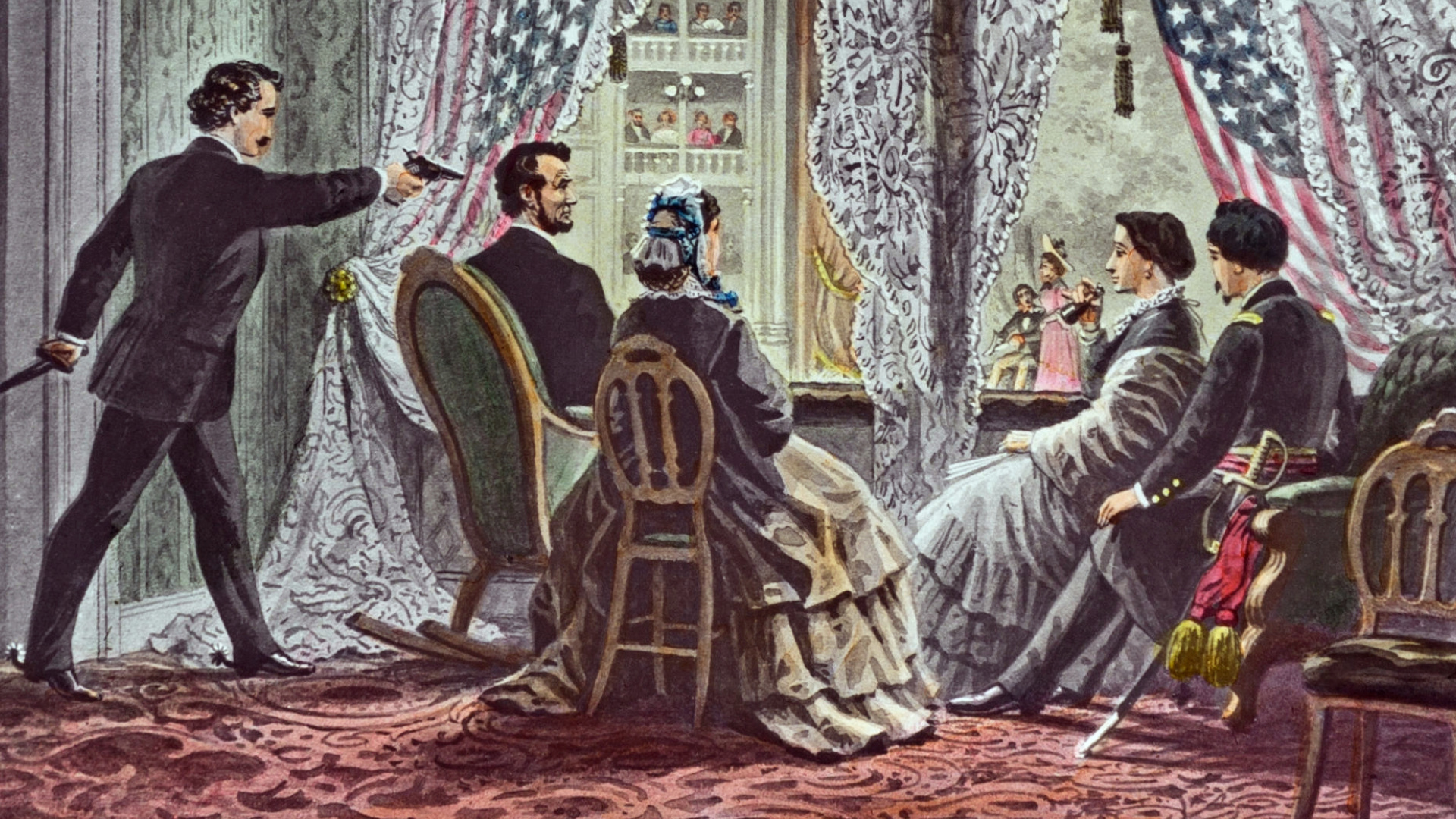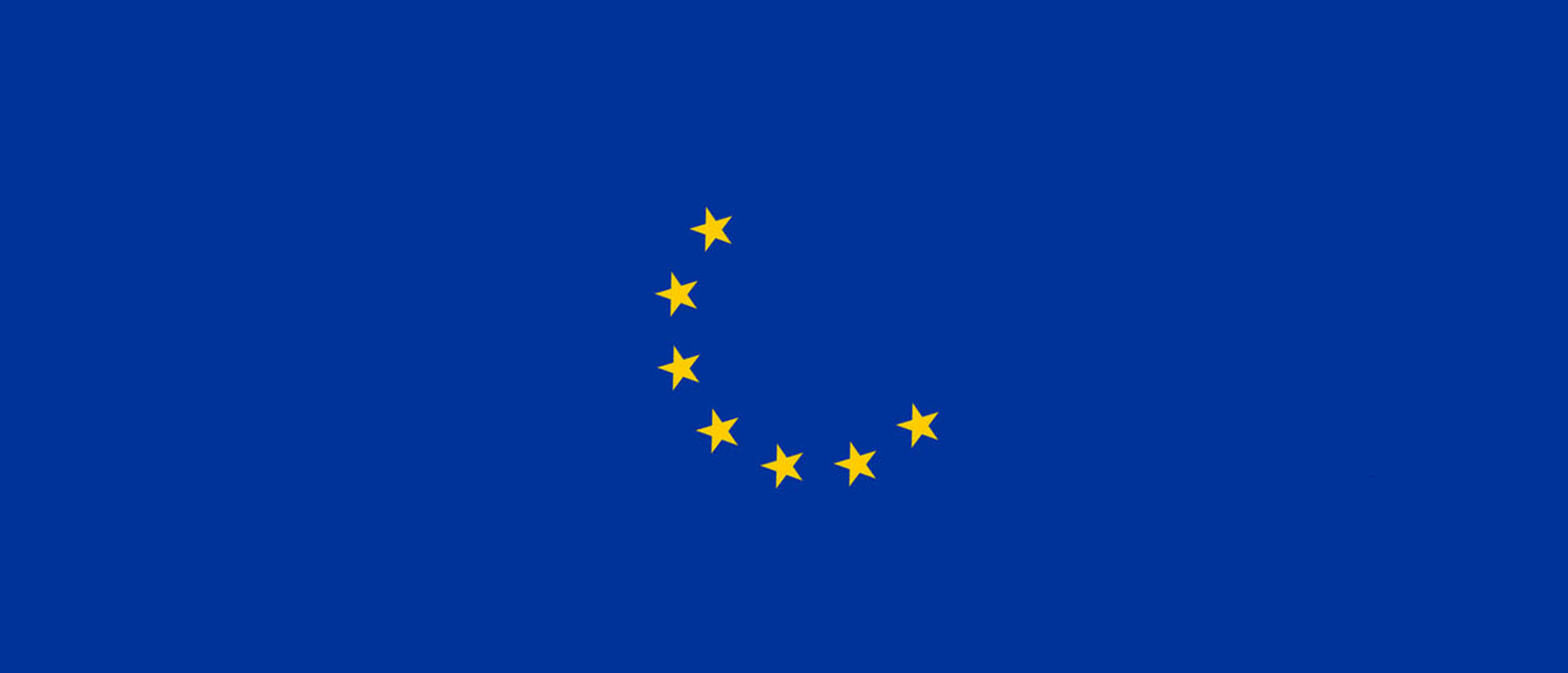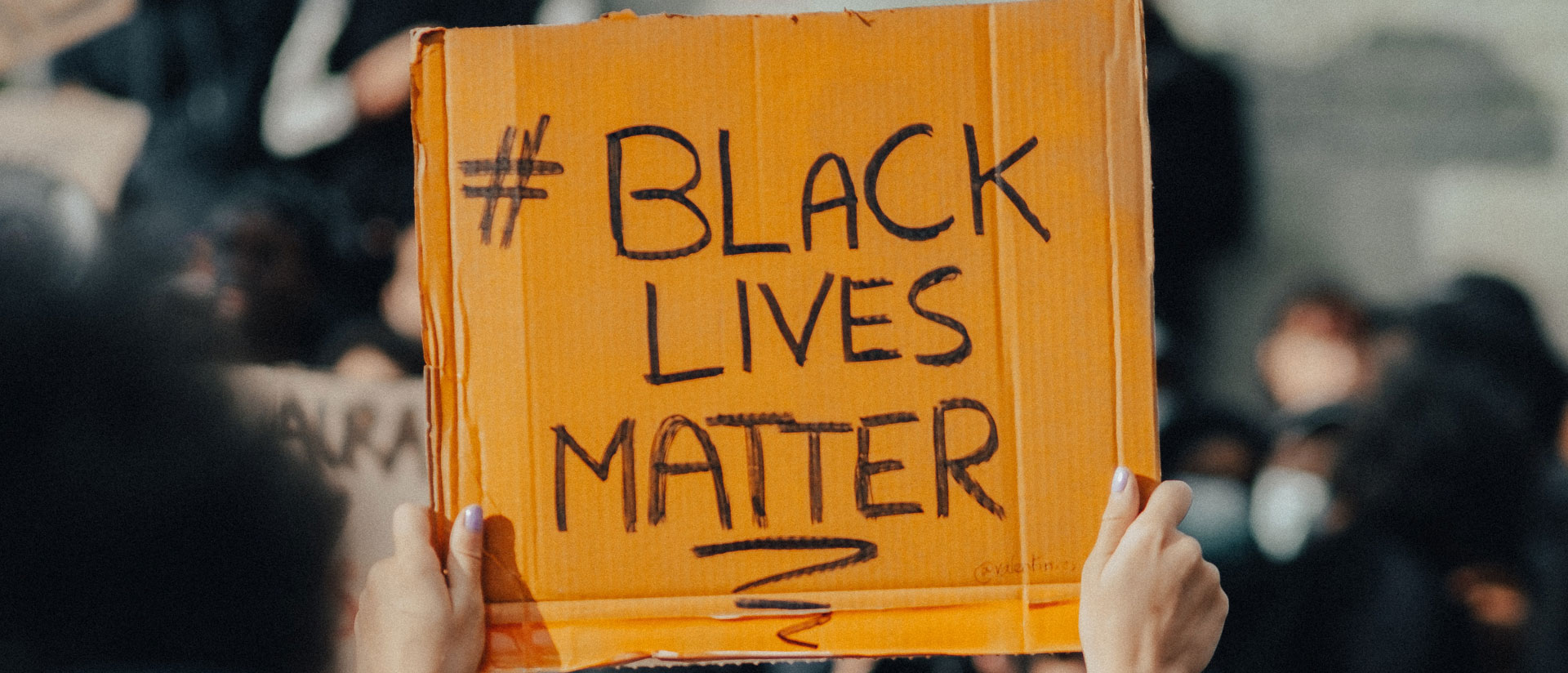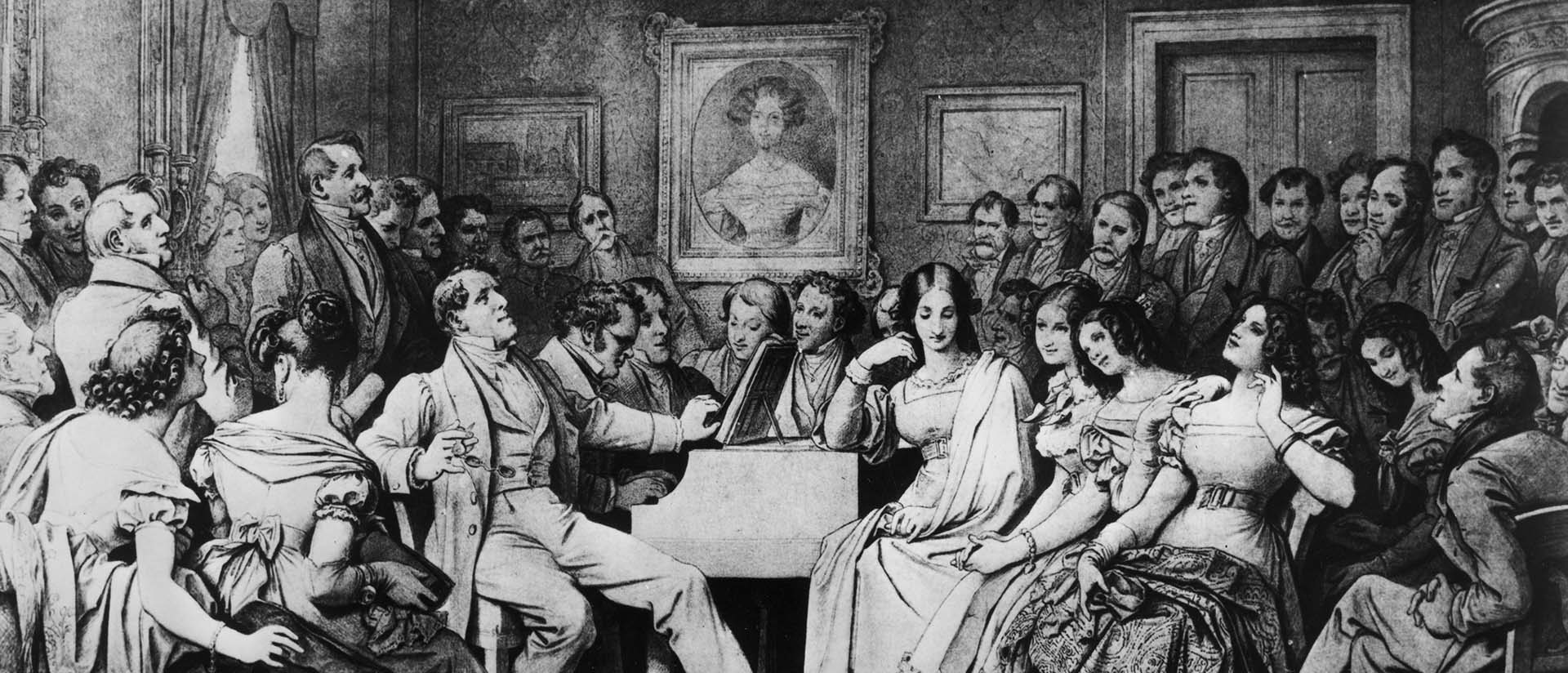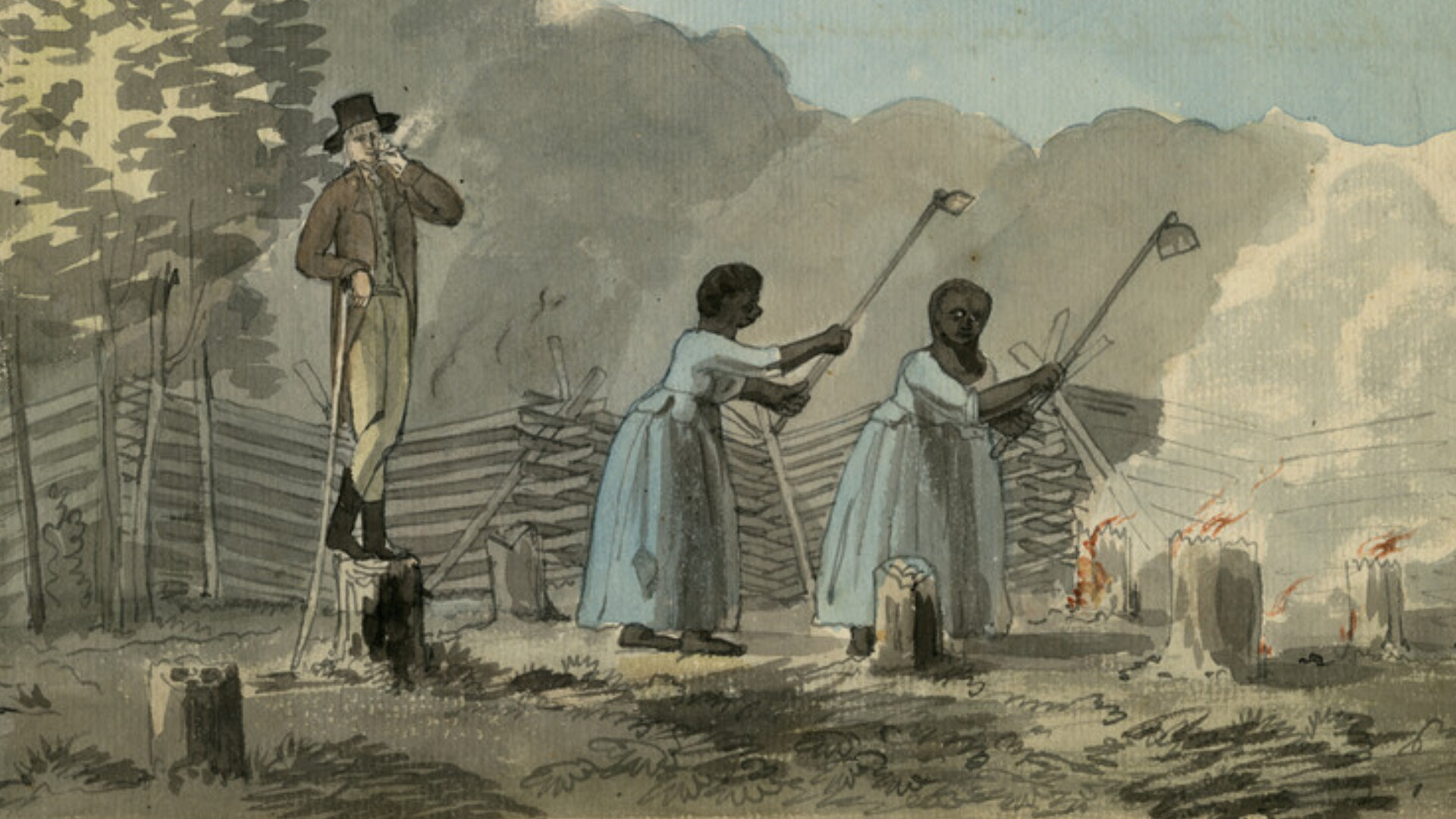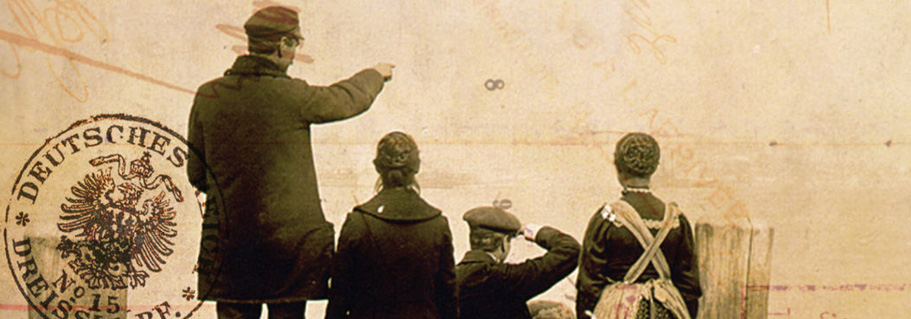
The Great Departure : Mass Migration from Eastern Europe and the Making of the Free World
By Tara Zahra
W. W. Norton
March 2016, 400 pages
A review by Jeremy King
Who, in the Americas, does not know the classic images of immigration from Europe? The masses of people huddled on ocean liners; the confusion and anxiety upon arrival, whether at Ellis Island, Halifax, or Buenos Aires; the working-class neighborhoods filled with the sounds of many languages and the smells of many foods; the hard work that overcame all obstacles? They are part of family lore for millions of whites, romanticized, mythologized, and politicized at home and in public life.
By now, multiple historians have explored that lore, complicating and correcting it with new fact and context. Matthew Frye Jacobson’s Whiteness of a Different Color (1999) and Roots Too (2008), for example, make brilliant sense of the “ethnic revival” during the 1970s in the United States. The offspring of immigrants from Southern and Eastern Europe, Jacobson shows, responded to denunciations of white privilege by civil rights activists by refashioning their past. Recently assimilated Italian-Americans, Polish-Americans, and Jewish-Americans, among others, now rejected being lumped together with white Anglo-Saxon Protestants, or WASWAS Ps, and made much of supposedly unmeltable ethnic differences. If racism had rendered opportunities unequal, then hyphenated Americans were not offenders but victims—like Negroes. Or so icons of popular culture such as The Godfather: Part II and All in the Family seemed to imply.
As Old World states lost loads of people to New World ones, what were the effects on the great majority who stayed behind in Europe, as well as on their governments? This question, refreshing in English-language scholarship, is at the heart of Tara Zahra’s new book, The Great Departure: Mass Migration from Eastern Europe and the Making of the Free World. Focusing on the case of Austria-Hungary, together with successor states such as Czechoslovakia and Poland, the professor at the University of Chicago has written a transnational history of emigration, from the huge wave during the decades before the First World War, through the large refugee crises set off by Hitler and Stalin, and on to the smaller ones of more recent times. Counterpoints to the main American movements are pulses of people in the direction of Western Europe, especially between the wars and then in the new millennium.
One of Zahra’s contributions is to debunk myths about the lands whence so many immigrants to the so-called free world came. Far from autocratic and backward, Austria-Hungary rested on liberal, constitutional foundations and provided for the equality and social welfare of subjects much more generously than did New World counterparts. Zahra also argues that governments in East Central Europe and in the Americas interpreted freedom differently. While the latter emphasized freedom of movement, the former stressed stability, safety, and social solidarity in situ. The latter also saw non-WASWAS P Europeans as dubious whites, whereas the former saw their citizens as persons whose whiteness required vigorous defense and affirmation, lest they sink overseas into slavery or other unfree labor. These differences of emphasis generated friction, but also a lasting and curious cooperation. Beginning in 1924, the Johnson-Reed Act drastically restricted immigration to the United States from Europe, while continuing to prohibit it from Asia. And beginning in the late 1940s, an Iron Curtain drastically restricted emigration from Soviet-occupied Eastern Europe. In neither case, writes Zahra, were the barriers imposed unilaterally. Rather, they were “the product of collusion,” an alloy of Western xenophobia and of East European efforts to “protect the ‘freedom’ of citizens by keeping them at home.”
Using sources in English, German, Polish, Czech, and French, Zahra tells her story through vignettes arranged chronologically into seven chapters. The first vignette centers on a trial in 1889 of Jewish emigration agents in Austrian Galicia, who were accused by a prosecutor of being “parasites” who made a living “from the blood of our peasants.” The site of the trial, called Oświęcim in Polish, has a German name made infamous by the Nazis: Auschwitz. Five innocent men ended up in prison, victims of anti-Semitism, of an army’s need for soldiers, and of the tension between a constitutional right to emigrate and state efforts to prevent citizens from destroying their own dignity. Next comes a chapter that draws on a tour in 1910 by African-American leader Booker T. Washington of Austria-Hungary’s most downtrodden districts. Seeking new methods of uplift for his people, Washington paid particular attention to Slavs, whose situation he described as “more like that of the Negroes in the Southern States than is true of any other class or race in Europe.” Zahra, complementing recent, path-breaking studies by Andrew Zimmerman and by Sven Beckert about efforts at forging economic and ideological links among Germany, Africa, and the post-Reconstruction South, documents official alarm in Austria-Hungary that American exploitation of immigrants was undermining the status of all Austrians as white Europeans and free laborers. She also cites a conclusion by Washington that looked beyond citizenship and race: “the man farthest down in Europe is woman.” Further chapters follow mass migration through war, genocide, and revolution, highlighting both the continuities and ruptures of the Cold War with earlier eras.
The final pages of the book, which Zahra wrote in large part at the American Academy in Berlin, cover developments since 1989. No great flood of people to the Americas followed the fall of the Wall. In large part, that was because once Europe’s East joined the free world, its long-confined inhabitants could no longer claim political asylum in another country. Western Europe, meanwhile, was much more accessible. Several million people succeeded in settling there even before 2004, when the European Union (EU) expanded eastward—opening the door for nearly a million Poles, for example, to find jobs in the United Kingdom. This freedom of movement for workers can be understood as equality at last for East Europeans, but also as privilege for white Christians. “While Poles and Czechs now fly through passport controls at European airports,” Zahra writes, “the Mediterranean has become a graveyard for desperate asylum seekers from Africa.”
Had The Great Departure been published a few months later, perhaps Zahra would have commented on Donald Trump, whose political rise counts as the newest US chapter of the story she tells about migration, freedom, and race in the age of globalization. Certainly Zahra would have discussed the British referendum this past spring, in which a narrow majority voted to leave the EU. Behind Brexit is hostility not only to refugees from Africa, the Middle East, and beyond, but also to immigrants from Eastern Europe. On the Continent as well, whiteness continues to come in different colors. How will transnational equality and racial privilege play out, both in the EU and in the US—where the first African-American couple in the White House may soon be succeeded by an immigrant from Slovenia and by a European-American intent on walling off Mexico and barring entry to Muslims? Anyone seeking purchase on this question will do well to read Zahra’s excellent exploration of its past.
Jeremy King is Professor of History of Central and Eastern Europe at Mount Holyoke College and a fall 1999 Academy alumnus. This review of alumna Tara Zahra‘s book was published in The Berlin Journal 30, Fall 2016, pp. 92-93.



